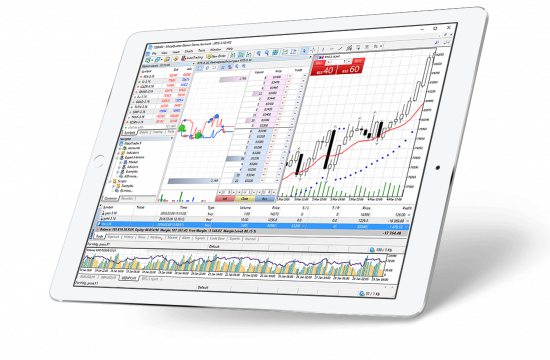Financial markets attract crowds of newcomers who understand brand-new horizons opened for traders. As such, business owners want to get their pieces of a pie as well – the number of brokerage companies is skyrocketing at lightning speed.
Liquidity is among the core basics no matter which financial market is chosen. This characteristic is equally important for FX, crypto CFDs, commodities, etc. Times have essentially changed, and beginner traders access tons of free YouTube videos. They ask the world’s #1 hosting what are the principal characteristics to take into account, and all the experts focus on the notion of liquidity.
Liquidity providers: how they impact the whole process
First and foremost, let’s dive into the deal mechanism when a brokerage company partners with a liquidity provider. What are the steps?
- A signed-up trader wants to place an ask or bid order. Assets can be entirely different: fiat currencies, digital assets, equities, etc.
- The system places an order into the order book connected to liquidity pools (with the help of providers).
- Major players (banks, investment funds) need to buy or sell assets; which is why they enter the market.
- A trader’s order is executed directly by major market players. Gaps, price slippage, or high spreads are excluded.
What is a liquidity provider? In simple terms, those companies are third parties connecting brokerage businesses with market makers.
Things are clear enough, but another question comes up. Which providers should a broker deal with?
Liquidity providers guide: types, pros, and cons
While talking about the Forex market, providers of liquidity (LPs) are roughly divided into the three following categories:
- Tier 1 liquidity providers:
- Tier 2 liquidity providers (Forex prime brokers);
- Prime of Prime LPs.
Let’s dive into each category to understand the differences between the given groups.
Tier 1 LPs connect a broker’s order book with the world’s top-rated financial institutions. All the trades are executed through the ECN platform that combines Barclays, Deutsche Bank, UBS, and other banks or funds that act as the largest market makers.
Prime brokers act as liquidity aggregators connected to one or several large banks. For instance, a company opens an account in the Bank of America and provides retail brokerage businesses with access to that account.
Prime of Prime liquidity providers is the best solution for brokerage businesses, as they build the deepest liquidity pools, unlocking the most favourable conditions.
PoP liquidity: provide your traders with the best conditions
What is a PoP company? Such providers unlock access to accounts of the top-rated Prime brokers, Tier 1 banks, ECN market makers, etc. Prime of Prime LPs cut the distance between institutional and retail FX markets and enable brokers to cover traders’ needs.
While looking for the best LP to connect your order book with, look through the list of conditions suggested by a provider. For instance, B2Broker offers ultra-competitive conditions for brokerage businesses. One margin account unlocks access to 7 markets and 700 financial instruments, while orders are executed from 12 ms.
What’s even more important: brokers get 24/7 multilingual technical support to provide their clients with the best quality services.











